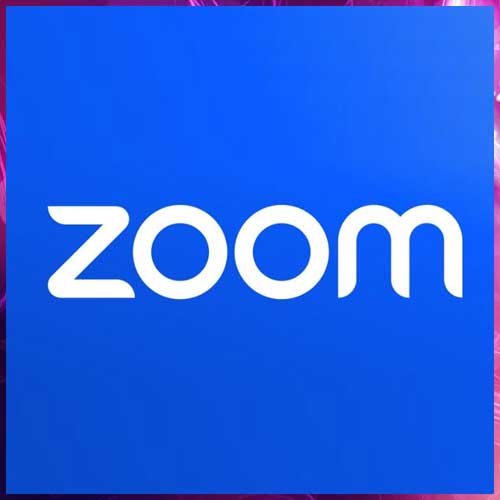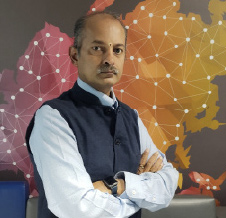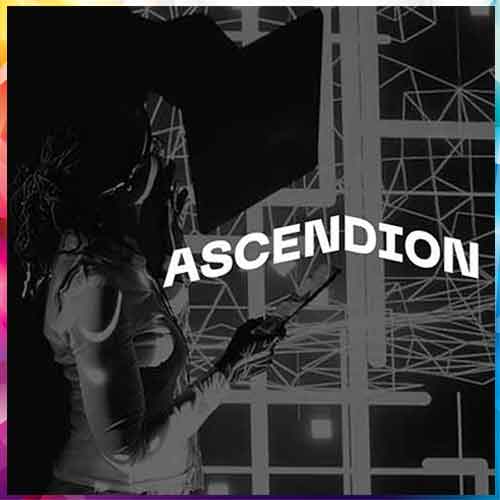
OpenAI has launched two new artificial intelligence models, o3 and o4-mini, that are designed to advance AI’s reasoning abilities, including the capacity to interpret and manipulate images as part of their problem-solving process. Described as the company’s “most powerful reasoning model,” o3 sits at the top of OpenAI’s current model stack. It is joined by o4-mini, a more lightweight version. Both models are designed to integrate visual content directly into their chain of thought.
o3 vs o4-mini
The o3 model is OpenAI's most sophisticated reasoning system to date. It introduces the ability to process and reason with images, such as sketches and whiteboard diagrams, alongside text. This multimodal approach enables o3 to perform complex tasks in mathematics, coding, and science with enhanced accuracy.
o3 also features a "private chain of thought" mechanism, allowing the model to deliberate internally before generating responses. This reflective process enhances its problem-solving capabilities, particularly in domains requiring step-by-step logical reasoning.
The o4-mini model is designed to deliver high performance at a lower cost. It supports both text and image inputs, enabling it to analyze and manipulate visual data during its reasoning processes. o4-mini is optimized for tasks such as mathematics, coding, and visual analysis, offering a balance between efficiency and capability.
For users requiring even faster processing and higher accuracy, OpenAI has introduced o4-mini-high, available exclusively to paid-tier ChatGPT users.
See What’s Next in Tech With the Fast Forward Newsletter
Tweets From @varindiamag
Nothing to see here - yet
When they Tweet, their Tweets will show up here.




























